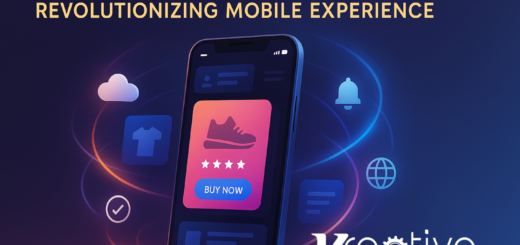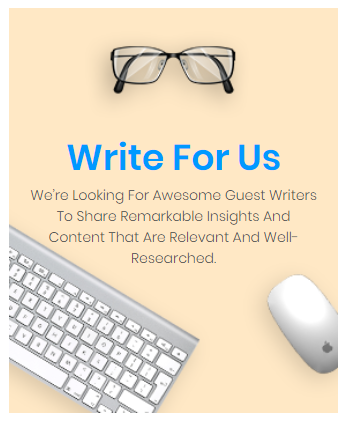Automated UX Research: How AI Enhances Product Design
AI in user testing is no longer a futuristic concept—it’s the present reality for companies seeking faster, data-driven UX insights. Traditionally, user testing was a slow, manual process. Teams recruited participants, organized test sessions, gathered notes, and spent hours sifting through feedback. But AI is changing the landscape, offering automation, real-time analytics, and deep user behavior insights that were once impossible to scale.
Let’s dive into how AI in user testing is reshaping UX research and how your business can benefit from adopting these smarter methods.
Why Traditional UX Research Struggles to Keep Up
UX research has always been essential, but it hasn’t always been efficient. Traditional testing often suffers from:
- High costs and long timelines
- Small sample sizes
- Manual analysis with human bias
- Lack of real-time insights
As businesses shift toward leaner product cycles and agile development, these issues create friction. That’s where AI in user testing becomes a game-changer—it speeds up the research loop without sacrificing depth or accuracy.
What Is AI in User Testing?
AI in user testing refers to using artificial intelligence tools to automate parts of the UX research process. This can include:
- Automating user behavior analysis
- Generating real-time heatmaps and click paths
- Identifying friction points through predictive models
- Transcribing and summarizing user feedback
- Clustering similar responses or behaviors
- Suggesting usability improvements based on patterns
Instead of relying solely on user interviews and recordings, businesses now have access to machine-generated insights that scale with user activity.
How AI Is Automating UX Research Workflows
1. AI-Powered Heatmaps and Session Replays
One of the most popular forms of AI in user testing is heatmap generation. AI tracks user clicks, scrolls, and movement, then visually displays what users are focusing on. It also highlights ignored areas—helping designers optimize layouts without needing multiple manual A/B tests.
Session replays enhanced by AI can detect rage clicks, u-turns, and repetitive actions that suggest frustration—all without human reviewers needing to watch hours of footage.
2. Natural Language Processing for Open Feedback
Users leave a goldmine of feedback in surveys, chat logs, and reviews. AI tools with natural language processing (NLP) capabilities can:
- Automatically tag and cluster comments
- Detect sentiment and emotional tone
- Spot frequently mentioned usability concerns
This kind of AI in user testing allows you to discover hidden trends in qualitative data—fast.
3. Predictive Analytics to Forecast User Behavior
AI doesn’t just analyze the past—it can predict the future. With enough behavioral data, AI models forecast likely drop-off points, conversion bottlenecks, or successful interaction paths. This predictive layer turns UX research into a proactive strategy rather than a reactive one.
4. Automated Recruitment and Test Setup
Recruiting users for testing is a bottleneck. Some AI-powered tools now handle participant screening, matching users to test objectives, and even scheduling sessions autonomously. That’s another huge win for product teams looking to move quickly.
Real-World Tools Leveraging AI in User Testing
Several platforms are pioneering AI in user testing today:
- Hotjar and Smartlook: Use AI for heatmaps and behavioral insights
- Maze: Offers automated usability tests with predictive analytics
- UserTesting + ML Extensions: AI helps analyze video feedback faster
- PlaybookUX and Useberry: Automate surveys, task flows, and reports
- FullStory: AI-enhanced session replay with conversion and friction insights
These tools give businesses of all sizes the ability to test like tech giants—without the overhead.
Benefits of Using AI in User Testing
Embracing AI in user testing comes with several competitive advantages:
- Speed: Reduce weeks of research into hours
- Scale: Analyze hundreds or thousands of user interactions simultaneously
- Objectivity: Eliminate human bias in qualitative analysis
- Real-time insights: Make quick adjustments to improve UX
- Cost-efficiency: Do more with fewer resources
For startups and enterprise teams alike, this means quicker decisions and higher confidence in your UX strategy.
When AI Can’t Replace the Human Touch
Despite the power of AI in user testing, there’s still value in human-led research. Empathy, nuanced interpretation, and cultural context are difficult for machines to fully replicate. Ideally, AI doesn’t replace human researchers—it augments their efforts.
Use AI for tasks that require scale, speed, and pattern recognition. Use humans for storytelling, strategy, and empathy-driven design refinement.
Building a Smarter Testing Workflow with AI
To successfully integrate AI in user testing, follow these best practices:
Start with Clear Goals
Define what you’re trying to improve: Is it task completion rate, time on page, or conversion flow?
Choose the Right Tools
Pick AI-powered platforms that align with your goals. For example, go with NLP-focused tools if feedback analysis is a priority.
Test Iteratively
AI shines when it can track trends over time. Run smaller tests frequently instead of massive tests rarely.
Pair AI Data with Human Insights
Use AI to highlight what’s happening and human analysis to understand why it’s happening.
Future Outlook: AI + UX = Continuous Improvement
As AI continues to evolve, we can expect more intelligent and adaptive UX research workflows. Soon, AI will not only identify UX problems but also suggest solutions, auto-generate prototypes, and A/B test in real time.
Companies that adopt AI in user testing early will gain a significant edge. They’ll innovate faster, design smarter, and build digital experiences that feel intuitively crafted for every user.
Final Thoughts: Why AI in User Testing Is a Game-Changer
AI in user testing bridges the gap between data and decision-making. It empowers businesses to understand users more deeply and iterate more rapidly than ever before. Whether you’re redesigning a landing page or optimizing a complex app, AI gives you the insight to move forward with clarity and confidence.
At Kreative Web Tech, we help businesses implement smart, AI-enhanced testing strategies into their design and development process. Whether you’re just starting out or looking to scale, we can help you build digital experiences that work harder and convert better.





